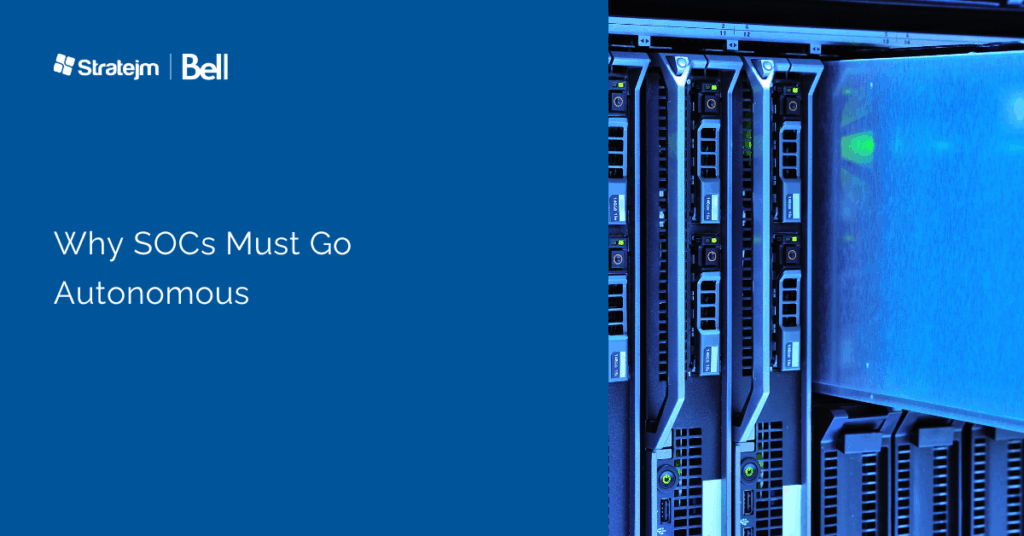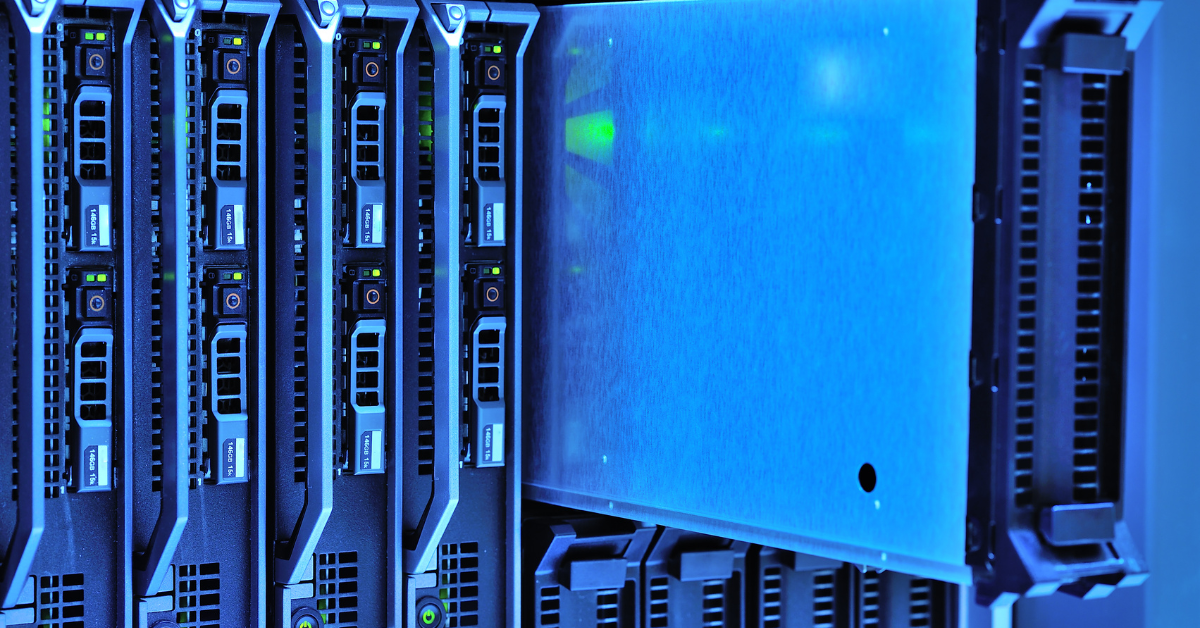 Security Operations Centers (SOCs) have always been the nerve center of enterprise cyber defense—detecting threats, investigating incidents, and coordinating responses. But in 2025, the pace and complexity of the threat landscape have outgrown traditional SOC operating models.
Security Operations Centers (SOCs) have always been the nerve center of enterprise cyber defense—detecting threats, investigating incidents, and coordinating responses. But in 2025, the pace and complexity of the threat landscape have outgrown traditional SOC operating models.
To survive—and to win—SOCs must evolve into autonomous operations, where AI, automation, and orchestration work in concert with human expertise to deliver speed, scale, and precision that manual workflows simply cannot match.
The Modern Threat Environment: Moving at Machine Speed
Adversaries are no longer constrained by human limitations. They’re using generative AI to create hyper-realistic phishing lures, machine learning to evade traditional detection systems, and automation to execute multi-stage attacks in seconds.
A single ransomware payload can go from initial access to full data encryption in under an hour. Nation-state actors can pivot between compromised accounts and systems faster than human analysts can triage alerts.
The result? Time-to-detection and time-to-containment have become the most critical performance metrics in SOC operations. Any SOC that relies solely on human-driven processes is starting from a disadvantage.
The Limitations of the Traditional SOC Model
Today’s traditional SOCs face a triple bind:
-
Alert Fatigue – Thousands of low-context alerts overwhelm analysts, with most turning out to be false positives.
-
Talent Shortage – Skilled cybersecurity professionals are in short supply, making recruitment and retention a constant challenge.
-
Fragmented Tooling – Disconnected platforms make correlation, enrichment, and coordinated response slow and inefficient.
Even the most capable SOC teams cannot manually scale to match the velocity and sophistication of machine-driven attacks.
What Is an Autonomous SOC?
An autonomous SOC is not a “hands-off” operation—it’s a human-AI partnership. In this model:
-
AI-driven analytics detect and prioritize threats in real time, filtering out noise and surfacing validated, high-context incidents.
-
Security orchestration and automation (SOAR) tools execute containment actions—isolating endpoints, disabling accounts, blocking malicious IPs—within seconds of detection.
-
Threat intelligence feeds continuously update detection logic to adapt dynamically to emerging TTPs (tactics, techniques, and procedures).
Human analysts remain essential, focusing on strategic investigations, proactive threat hunting, and post-incident analysis, while automation handles the high-volume, repetitive operational load.
The Strategic Shift: From Reactive to Proactive Defense
Traditional SOCs operate reactively—waiting for an alert, then investigating, then responding. Autonomous SOCs flip this model to proactive defense:
-
Predictive Detection – AI models forecast likely attack vectors and prioritize monitoring based on risk.
-
Pre-emptive Containment – Automated workflows neutralize threats before they escalate into incidents.
-
Continuous Learning – Every incident outcome is fed back into detection logic, making the SOC smarter over time.
This shift not only accelerates containment but also reduces operational burnout, enabling SOC teams to scale their protection without scaling headcount.
Benefits of Moving Toward Autonomous SOC Operations
Perhaps the most significant benefit is dramatically reduced time-to-containment. In an environment where every second counts, integrated automation enables SOC teams to contain threats in under five minutes—far faster than the hours or days often required by traditional models.
Automation also delivers consistency and precision. While human judgment can vary under pressure, automated playbooks execute policy-aligned responses exactly as intended, every time. This eliminates gaps in compliance and ensures consistent enforcement of security protocols.
From a financial standpoint, automation drives cost efficiency by allowing organizations to safeguard more assets without adding staff. Analyst time is freed for high-value work such as advanced threat hunting and security architecture improvements.
It also transforms the work environment. By removing the grind of repetitive triage, analysts can focus on meaningful tasks—improving morale, reducing burnout, and boosting retention in a highly competitive talent market.
Finally, the combined effect—faster containment, consistent actions, lower operational cost, and more engaged teams—produces a measurably stronger security posture. Reduced dwell time means fewer breaches, and when incidents occur, their impact is contained quickly and decisively.
Challenges and Considerations in the Shift to Autonomy
Transitioning to an autonomous SOC is not plug-and-play. Integration complexity is a major factor—many organizations operate a patchwork of legacy systems, siloed tools, and inconsistent processes. Orchestrating these into a cohesive, automated workflow takes careful planning and skilled implementation.
Governance and oversight must also be addressed. Organizations need clear rules for when automation acts independently versus when human approval is required. The right balance maintains speed without sacrificing accountability or compliance.
Change management is another challenge. Analysts must learn to trust automation, and leadership must clearly communicate that autonomy enhances, rather than replaces, human expertise. Without this cultural shift, automation can face internal resistance.
An autonomous SOC also requires continuous tuning. Threat actor tactics evolve quickly, meaning detection rules, automation playbooks, and AI models must be regularly updated to remain effective.
Lastly, organizations should consider vendor and platform dependency risks. Over-reliance on a single orchestration provider can create strategic exposure if the vendor experiences downtime, changes capabilities, or alters its pricing model.
Stratejm + Bell: Autonomy in Action
At Stratejm + Bell, our Modern MSSP model delivers the best of both worlds—broad visibility and compliance support with the real-time agility of autonomous SOC operations.
We achieve sub-five-minute containment times through deep integration across our clients’ environments, automated orchestration of containment workflows, and a highly skilled Canadian-based SOC team overseeing every action.
Our approach is not just about adding AI—it’s about building a cohesive, outcome-driven security ecosystem that protects at machine speed while maintaining human judgment where it matters most. Learn more by speaking to an expert

